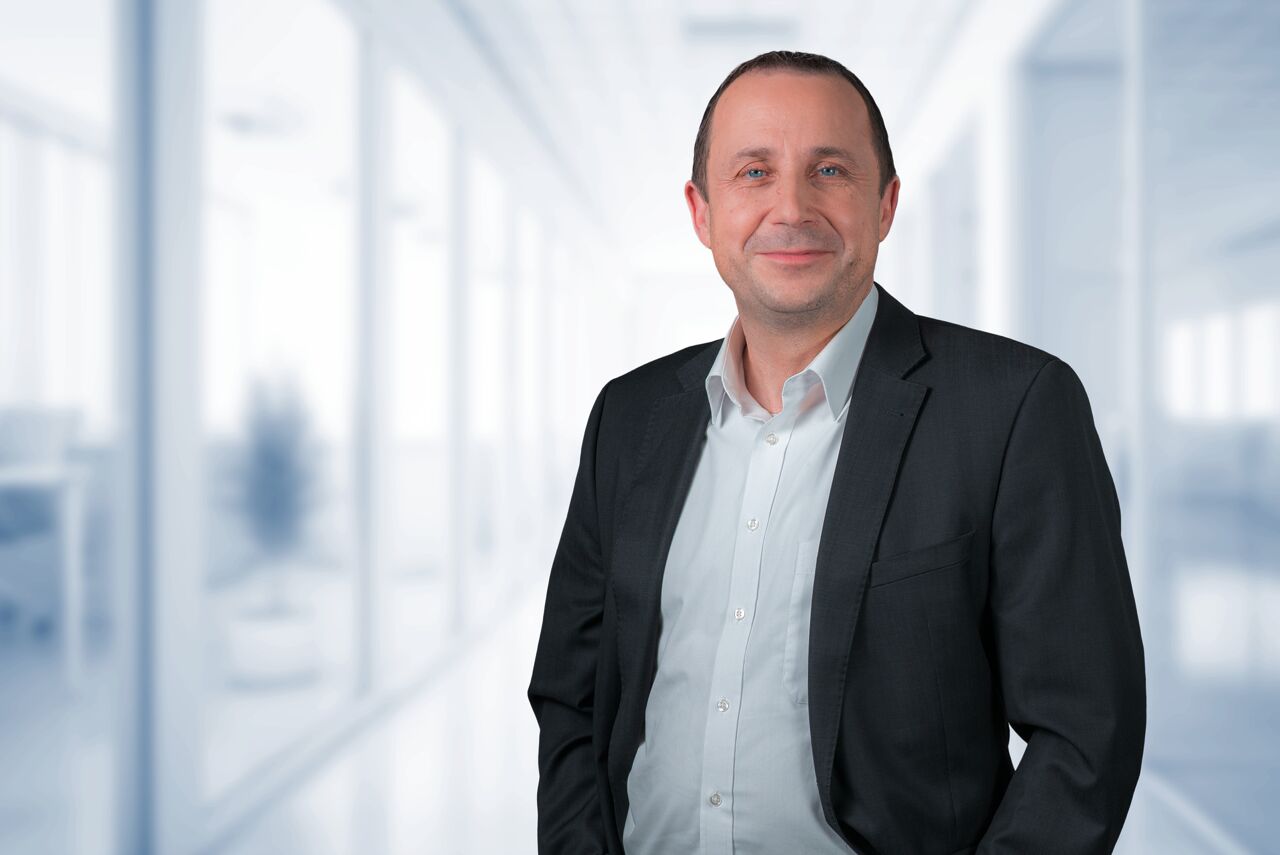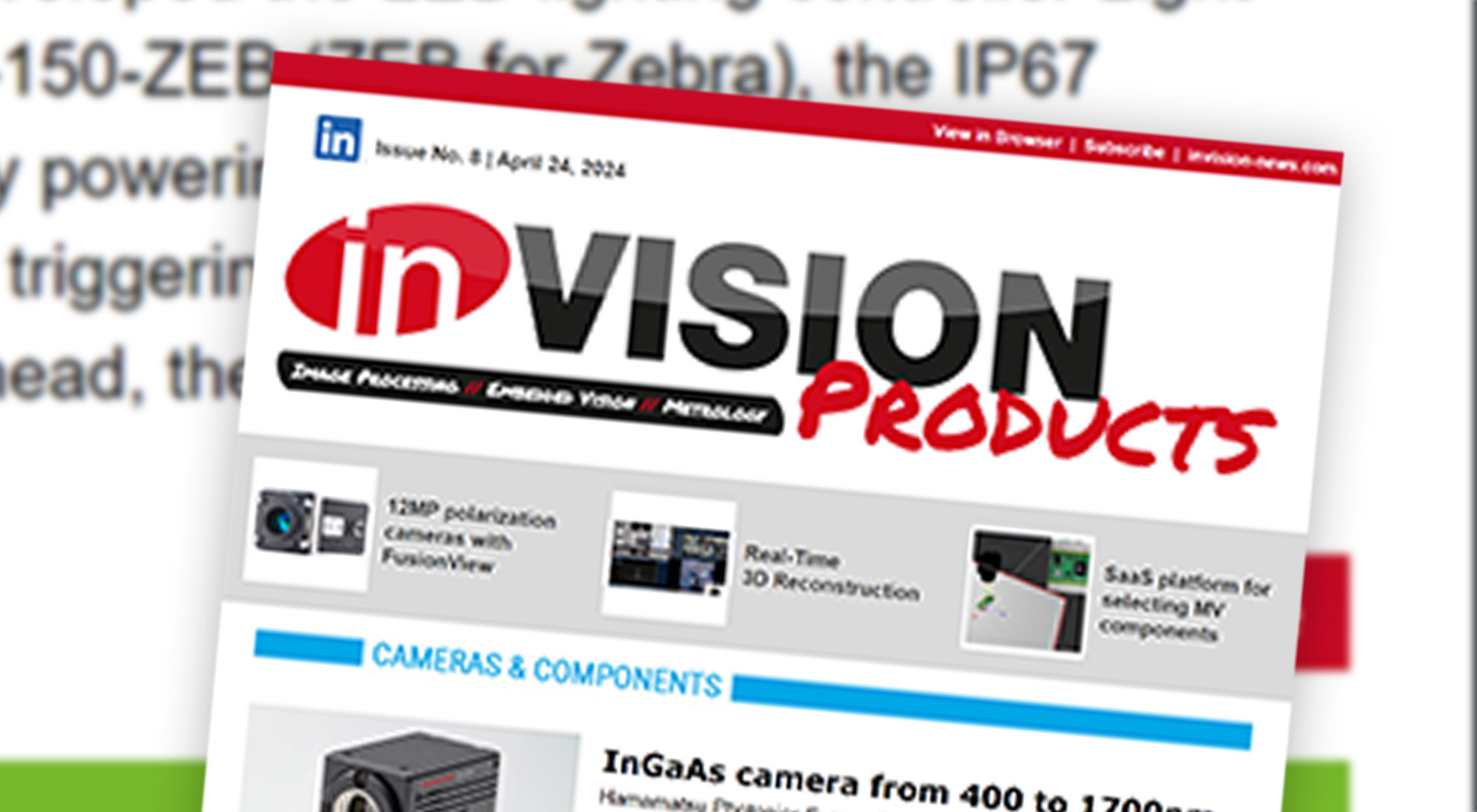
How will future cameras differ from today’s cameras?
Torsten Wiesinger, Lucid Vision: The big difference is quite hard to judge. What will never change is that a camera will always have the same task: Providing the user with the best quality images in a reliable way. I personally think we will see bigger differences in the software or the integration in the customers‘ ecosystem.
Dany Longval, Teledyne Lumenera: If we look 20 years back, cameras have not radically changed. Sure, the performance has increased but we have the same core capabilities. So I think we will see a further increase in performance in the near future, because I don’t think we reached our limits in that area.
Sören Böge, Basler: I agree, sometimes the transformation speed feels exetremly high but if you look in the rear view mirror the general task mainly stayed the same. But what you can see is the same trend as in chip development: A reduction of development cycles and growing market fragmentation.
Andreas Waldl, B&R: I think cameras need to become much more intelligent in order to reduce the bandwidth needed for transmission. As sensor sizes keep growing, we need to find smarter approaches than just faster and faster transmission of data-often useless data. This can be done by pre-processing on the camera or directly on the image sensor.
Which functionalities will be moved from an external computer into the camera in the near future?
Waldl: I don’t think topics like reading data codes or detecting objects should come to simple cameras. Those are tasks for dedicated smart cameras like we have in our portfolio. Standard cameras should be able to reduce data to essential information. Pre-processing based on deep learning can help, for example using low-power – but still powerful – inference controllers.
Wiesinger: It depends of course on the power of the back-end system. I cannot imagine that tasks like only QR code reading will be done with one standard camera. For years we’ve been talking about shrinking the PC and the camera together into a small box and we still have customers who wish to do four or five certain applications at once which are not possible today.
Böge: I would disagree to saying that every camera should become a smart camera. If we think about high performance cameras that have multiple Coaxpress channels we see 50GBit/s image streams, where an integrated processing is hard to realize in the camera. Furthermore you will never get the preprocessing transferred from your backend system into your camera because the final systems are so individual and complex. So there will be cameras with included neural networks for example but I’m quite sure there will not be this one-fits-all smart-camera that will cover all applications.
Longval: The first things that will move into the camera are measuring, filtering or applications like object detection. I can see that happening but it will happen in steps. At that point it becomes harder to define what is a camera and what is a smart camera.
Will the camera of the future still be a generic device or will it migrate towards an application specific module?
Longval: Camera design and camera architecture by themselves are becoming more and more flexible. Just about every camera uses FPGAs or a level of buffering. You can currently offer this level of flexibility to your customer. Surely there will always be a good market for simple off-the-shelf cameras but we will see more of these application specific solutions.
Böge: I see some segments where you can find the demand for very application specific solution, for example in the high performance market. But in the high volume segment a 5MP global shutter camera with good image quality can cover such a wide range of applications that you cannot define upfront a specific purpose.
Wiesinger: I agree that the mainstream will stay generic but we see a lot of demand from OEM-customers for something that is easy to integrate into a specific application. So there is a demand for flexibility.
Waldl: I also think that a camera has to be flexible but I also don’t think that the one-size-fits-all solution will be possible. Of course there are some dedicated applications that can’t be solved within the camera but when I speak about preprocessing in the camera I’m talking mostly about data reduction.
Usually we talk about vision users, but what do you think the camera of the future will look like for an automation user?
Waldl: Hopefully not too different. It must of course be robust and easy to integrate with tight synchronization. But these requirements exist elsewhere as well. Easy integration means not only plug-and-play capability, but also ease of handling and service for the end user.












